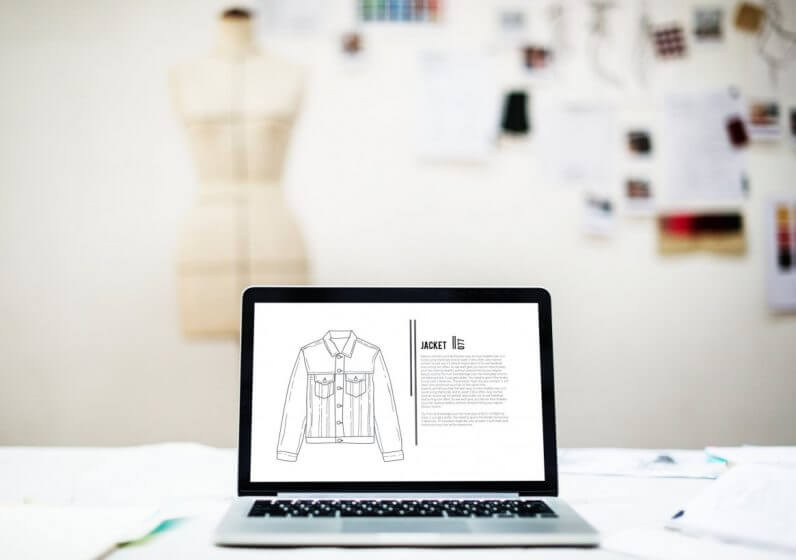In the last ten years, there is no doubt about the fact that technology has completely revolutionised how companies operate today, whatever the sector may be. This has been particularly the case when it comes to the world of fashion: after all, we have seen the colossal shifty from the popularity of in-store shopping, to the proliferation of online stores and the increasing preponderance of e-commerce outlets.
We decided to look at some of the main ways tech has impacted the fashion industry…
Introduction of Internet of Things (IoT)
The introduction of IoT is increasingly being used in the retail industry. The technology enables us to interact with everyday objects by using the internet.
A recent Retail Vision Study has shown that more than 70% of retail decision-makers worldwide are now ready to introduce the Internet of Things in order to help improve the overall customer experience – which is becoming increasingly important amongst retailers in order to differentiate themselves from their competitors. But how does IoT in fashion actually work? This includes things such as the creation of yoga leggings that have sensors built into the fabric that puts the person wearing them into full yoga alignment, through vibrating as the person moves into various poses.
IoT fashion not only helps the user have a better consumer experience, but it also helps the retailer: as the IoT item collects data, it helps the brand to understand the customers’ needs and concerns, and can use this information in order to provide a better product or a more personalised experience.
Using Artificial Intelligence
Many retailers are now starting to use AI technology in order to help collect, analyse and sort data into a number of sub-set categories, in order to predict as well as fully understand what their customers want and then be able to meet their expectations as a result.

Examples of AI being used in fashion include apps that use AI image recognition such as Screenshop. All users of the app need to do is take a photo of any look they like, and then the app enables them to find products that are similar at any price point.
Rise of Digital Wallets
Of course, another way that technology is being used by the fashion industry is through the introduction of a more efficient, sleeker mode of shopping through the rise of mobile commerce.
These days, being able to shop through our smartphones is easier than ever before. Not only is it possible for us to browse and shop online, but we now have available a number of different payment options that make it easier to buy products: such as the creation of the digital wallet.
This means that we can now use Apple Pay or Android Pay in order to purchase our items, removing the need for us to remember our bank details. It is revolutionising the way we buy: a recent study shows that two out of three Millenials these days would prefer to purchase items online as opposed to getting them in a physical store.
Use of VR Platforms in Fashion
In the last couple of years, we have seen the creation of a variety of VR platforms that are changing both the online and physical worlds of retail. For example, there are a number of ‘try-on avatars’ now available through apps like DressingRoom, which enable you to try on an item through an avatar (that has been customised so that it fits your actual real-life measurements) before you purchase the item.
This type of technology is poised to radically alter the online shopping experience as we know it, helping to dramatically increase customer engagement.
Technology Being Used in the Manufacturing Process
Automation and robotics like almost every other sector is becoming increasingly popular for fashion manufacturers. In the next few years, we will start to see the use of robotic garment manufacturing. For example, experts have managed to develop so-called ‘sewbots’ that come with robotic arms and vacuum grippers that can then guide a piece of cloth through a sewing machine without any human guidance and with the utmost precision too.



